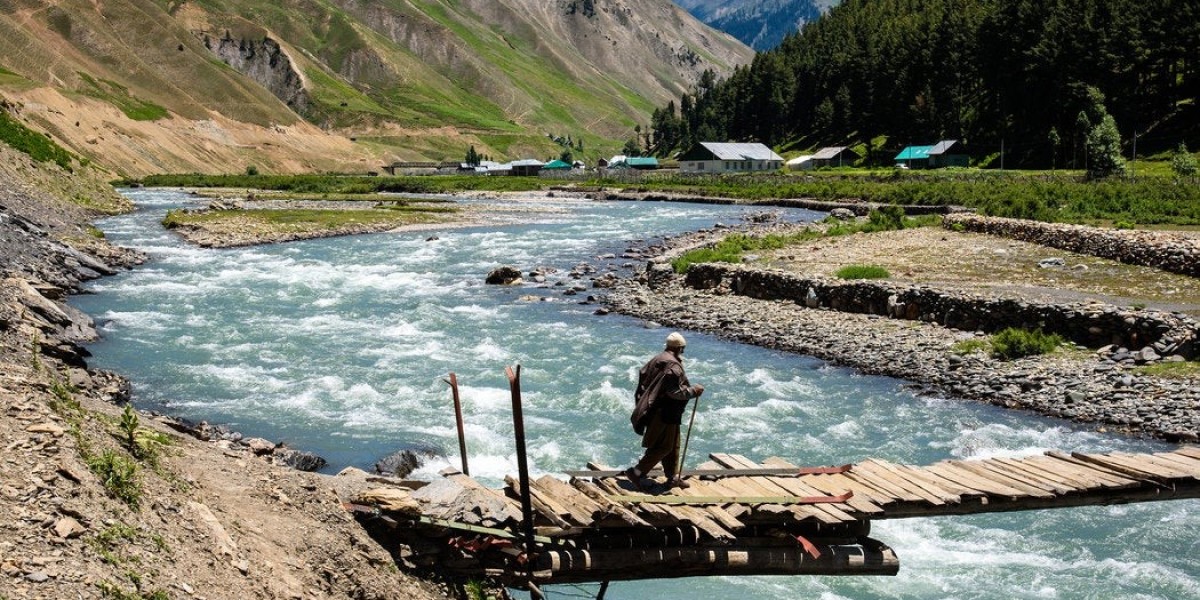A Rich Tapestry of Culture and Heritage
Kashmir has been home to a rich blend of cultures, faiths, and traditions. Over the centuries, it has welcomed influences from Hinduism, Buddhism, and Islam, creating a unique cultural mosaic. Its language, cuisine, art, and music reflect this diverse heritage. From the intricate craftsmanship of Kashmiri shawls to the soulful strains of Sufi poetry, every aspect of life in the valley tells a story of creativity and spiritual depth.
Traditional festivals, whether rooted in religion or seasonal changes, are celebrated with warmth and joy. The local handicrafts industry, especially in carpets, papier-mâché, and walnut woodwork, stands as a testament to the skill and artistry passed down through generations.
Natural Beauty and Ecological Significance
Kashmir’s natural environment is as diverse as its people. Towering Himalayan peaks, alpine lakes like Dal and Wular, and sprawling meadows such as Gulmarg and Sonmarg, make it a haven for nature lovers and adventurers. The region’s biodiversity, including its rare flora and fauna, adds to its ecological importance.
These landscapes not only support local agriculture and tourism but also serve as crucial water sources for surrounding regions. Preserving this fragile ecosystem is essential for maintaining both environmental balance and the cultural livelihoods that depend on it.
The Unfolding Story of Struggle and Strength
Despite its natural and cultural richness, Kashmir has also been at the center of one of the most prolonged political conflicts in modern history. The region’s disputed status has led to decades of tension, displacement, and unrest. Yet, amid adversity, the people of Kashmir have shown remarkable resilience.
From poets and journalists to farmers and educators, the Kashmiri people continue to live, create, and thrive. Their stories reflect not only suffering but also hope, strength, and an enduring desire for peace and dignity.
Preserving Identity Through Knowledge
In times of change and uncertainty, preserving the identity and heritage of Kashmir becomes even more critical. Publishers and educators play a vital role in documenting and sharing the region’s true story. Organizations like Manshurat contribute to this effort by supporting literature that highlights the valley's history, voices, and cultural legacy.
Through books, articles, and educational resources, the world gains a fuller, more nuanced understanding of Kashmir—not just as a place of conflict, but as a living culture with a proud and ongoing story.
Conclusion:
Kashmir is more than just a scenic destination. It is a land where beauty meets resilience, where tradition meets transformation. As the region continues to evolve, its people and their spirit remain the heart of its identity. With greater understanding, empathy, and global engagement, the hope for lasting peace and prosperity in Kashmir remains alive.







